
As more dive into the world of home labs, containerization, and container orchestration generally become goals that ones want to gain experience within their lab environments. Kubernetes is the de facto standard for container orchestration. Running Kubernetes in the home lab allows you to gain valuable experience working with, configuring, troubleshooting, and managing a Kubernetes cluster. And, let’s face it, it is just plain cool to do. I have compiled a short list of the best Kubernetes home lab tools in 2023 and these are tools I feel you will benefit from getting to know.
1. K3s
Brief Description: K3s is a lightweight Kubernetes distribution that simplifies the installation process and reduces the resource demands of Kubernetes. It’s a minimal installation, perfect for home lab setups, where hardware resources like memory and storage may be at a premium. You can spin it up in Docker using K3d, as we will see, or a lightweight cloud-init VM.
K3s: A Streamlined Kubernetes Experience
K3s eliminates the complexity of a vanilla Kubernetes setup by removing inessential features. Yet, it maintains compatibility with the Kubernetes API server, making it a perfect tool for a Kubernetes home lab. Its stripped-down nature means you can run K3s even on a laptop, and it can handle a multi-node cluster.
To install K3s, Linux is the preferred operating system, with Ubuntu being a popular choice. You can use shell commands, typically beginning with sudo apt to fetch the necessary packages installed. K3s also includes a container runtime and a container network interface out of the box, which eases the installation process.
2. K3d
Brief Description: K3d is a helper tool for deploying K3s clusters within Docker. It provides a convenient way to create Kubernetes nodes as Docker containers.
K3d: Kubernetes Clusters in Docker
K3d makes it possible to spin up a K3s-powered Kubernetes cluster within Docker. With the create command, you can configure the number of worker nodes, designate a master node, and set up the load balancer to manage the nodes’ traffic. A typical K3d setup for a home lab involves creating multiple virtual machines that act as Kubernetes nodes.
Given its Docker-centric nature, K3d shines in a home lab setup where Docker is already in use. Installation instructions are straightforward: you install Docker, then K3d, and finally, you create your Kubernetes cluster.
3. K3sup
Brief Description: K3sup (pronounced ‘ketchup’) is a utility for the fast setup of Kubernetes clusters using k3s. It provides a portable kubectl for macOS, Linux, and Windows.
K3sup: Speeding up Kubernetes Setup
K3sup is a great tool for quickly setting up a Kubernetes cluster with K3s, including master and worker node. Its main strength is providing K3s on any local or remote virtual machine with SSH access. This makes it a powerful utility in a Kubernetes home lab setup where you may be managing multiple Kubernetes nodes across different machines or operating systems.
K3sup also facilitates the deployment of apps within your Kubernetes cluster. With its app install feature, you can easily install and update deployments on your cluster, a great feature for a dynamic home lab environment.
4. KubeVIP
Brief Description: KubeVIP provides Kubernetes services with load balancing and Virtual IP addresses for high availability.
KubeVIP: Load Balancing and Virtual IP for Kubernetes
When setting up a highly available Kubernetes cluster in a home lab, having a load balancer and Virtual IPs for the control plane is crucial. KubeVIP provides this service for your Kubernetes cluster.
KubeVIP simplifies setting up a load balancer and assigning a Virtual IP. This gives you a reliable and resilient Kubernetes cluster in your home lab. Even in a multi-node cluster setup, KubeVIP ensures that your Kubernetes home lab continues to function smoothly in the event of a node failure.
5. Kubespray
Brief Description: Kubespray is a set of Ansible scripts that automate the deployment of production-ready Kubernetes clusters.
Kubespray: Automating Kubernetes Cluster Deployment
Deploying a Kubernetes cluster manually can be quite a chore, especially for a home lab setup. Kubespray automates this process with a collection of Ansible playbooks, making the deployment of Kubernetes clusters as simple as running a command. It supports a variety of cloud providers, including Google Cloud, making it a versatile tool for any Kubernetes home lab.
Kubespray also excels in setting up high-availability clusters, perfect for those critical home lab projects. With the use of Terraform provider configurations, you can design your infrastructure and let Kubespray handle the Kubernetes setup.
6. Microk8s
Brief Description: Microk8s is a minimal Kubernetes distribution designed for developers and IoT devices. It’s lightweight and consumes minimal resources.
Microk8s: A Tiny Kubernetes for Developers and IoT
Microk8s is a lightweight Kubernetes distribution perfect for developers or anyone wanting a minimalist Kubernetes cluster. Whether you’re running it on a laptop or other devices, such as an IoT device, Microk8s is a perfect fit for a small-scale Kubernetes home lab setup.
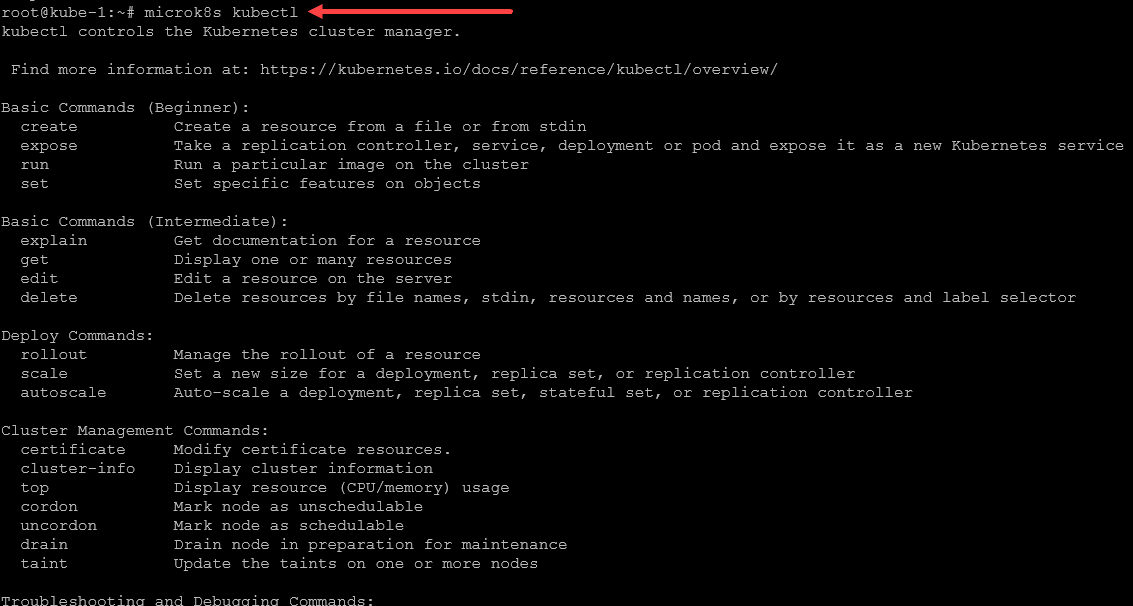
Installation is a breeze. With a few commands on a Linux server, especially a Ubuntu system, you can run a fully functional single-node Kubernetes cluster in your home lab. Microk8s also supports a variety of Kubernetes features, such as load balancing, storage orchestration, and more, making it an excellent choice for learning and testing Kubernetes.
7. Portainer 2.18+ with Automated Microk8s
Brief Description: Portainer is an open-source tool that provides a management interface for Docker, Kubernetes, and other container technologies. The 2.18+ version provides automated deployment of Microk8s.
Portainer 2.18+ with Automated Microk8s: Streamlining Kubernetes Management
Portainer simplifies container management by providing a user-friendly dashboard to interact with your Kubernetes clusters. With the release of Portainer 2.18+, it now supports the automated deployment of Microk8s, meaning you can have a Kubernetes cluster up and running in no time.
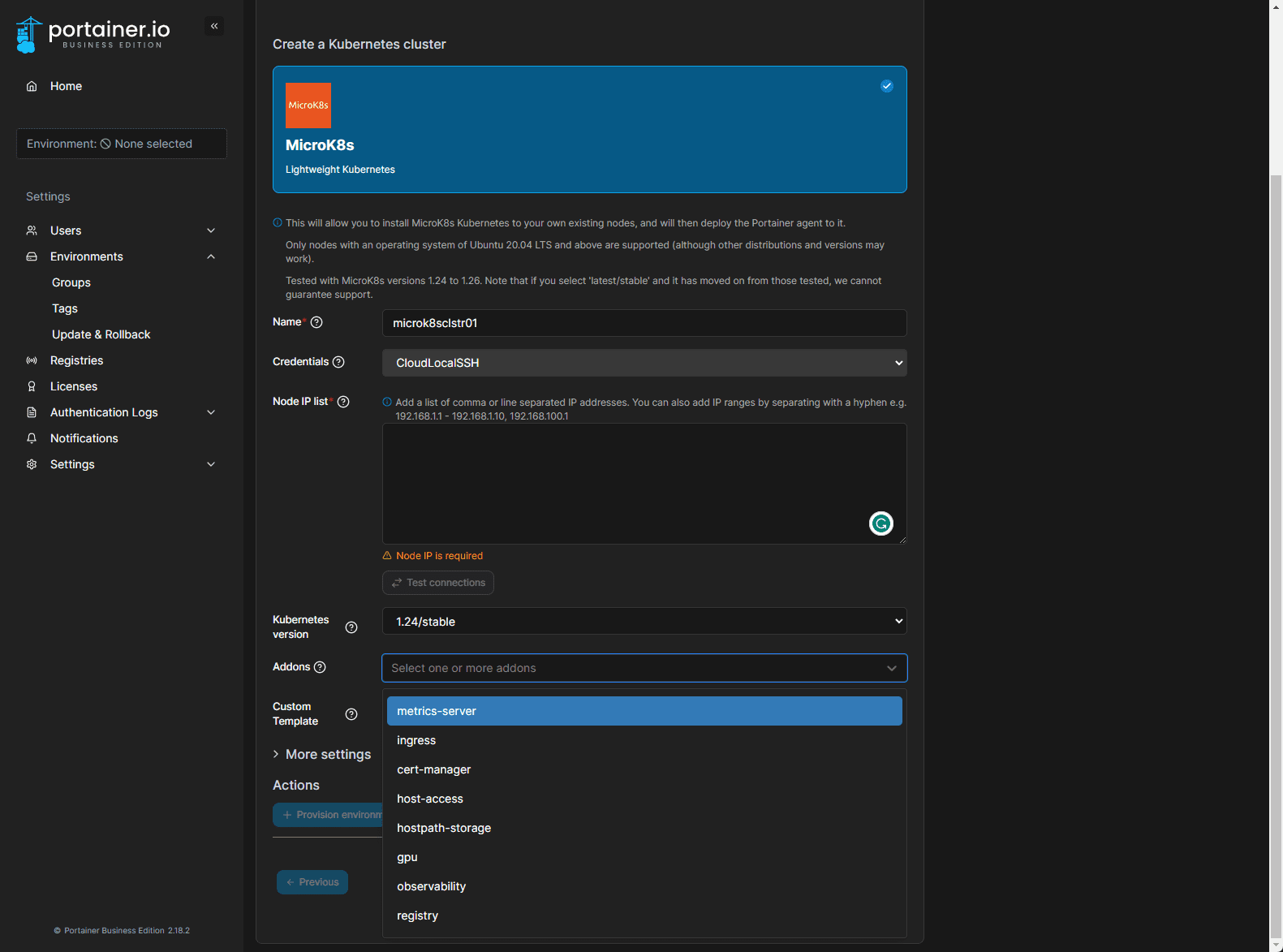
This combination is perfect for a home lab setup. It provides a powerful yet simple Kubernetes learning, development, and testing environment. With Portainer’s dashboard, you can easily monitor the health and status of your Kubernetes nodes, adjust configurations, manage deployments, and more.
8. Minikube
Brief Description: Minikube is a tool that lets you run Kubernetes locally. It runs a single-node Kubernetes cluster on your personal computer, ideal for users looking to try out Kubernetes or develop with it day-to-day.
Minikube: Kubernetes on Your Desktop
Minikube is perfect for running a Kubernetes cluster on a personal computer, be it a Linux, Windows, or macOS desktop. It’s designed for developers looking to test their applications, experiment with Kubernetes features, or simply learn more about Kubernetes.
Installation is simple, and it allows you to control the resource allocation to the virtual machine that runs the Kubernetes node. You can also enable or disable various Kubernetes features, providing a highly customizable environment for your Kubernetes home lab.
Brief Description: Openlens is a multi-cluster Kubernetes IDE that allows you to manage and control your Kubernetes clusters effectively.
Openlens: The Kubernetes IDE
Openlens is the free and open-source equivalent to the commercial Lens product. It is a powerful tool that enhances your Kubernetes experience by providing an intuitive IDE for managing your Kubernetes clusters. Managing multiple clusters can be daunting in a Kubernetes home lab environment. Openlens simplifies this by offering a single unified interface to control your clusters.
With Openlens, you can explore your Kubernetes clusters, manage the resources, monitor the health of the nodes, and much more. It is compatible with Minikube, microk8s, and other Kubernetes distributions, making it a versatile tool for any Kubernetes home lab setup.
10. MetalLB
Brief Description: MetalLB is a load balancer implementation for bare metal Kubernetes clusters. It allows you to assign external IP addresses to services running in your cluster.
MetalLB: Load Balancing for Bare Metal Clusters
In a Kubernetes home lab setup, especially if you are running a bare metal cluster, a common challenge is enabling external access to services in your cluster. MetalLB provides a solution by implementing a network load balancer for your Kubernetes clusters.
With a few simple configuration steps, you can assign an external IP to your services, making them accessible outside of your home lab. MetalLB supports Layer 2 (ARP, NDP) and Layer 3 (BGP) networking, allowing you to choose the one that best suits your home lab setup.
11. Traefik
Brief Description: Traefik is an open-source edge router that automates all your network tasks. It is fully compatible with Kubernetes and provides dynamic application load balancing.
Traefik: Dynamic Load Balancing for Kubernetes
Managing network traffic efficiently is vital when running applications in a Kubernetes cluster, especially in a dynamic home lab setup. Traefik makes this easier by providing a dynamic load balancer for your Kubernetes applications.
With Traefik, you can automatically route traffic to your applications, ensuring that they remain accessible and responsive. It can automatically detect changes in your cluster and adjust the routing rules accordingly, making it a great tool for a Kubernetes home lab setup where you’re continuously deploying and testing new applications.
12. Prometheus with Grafana
Brief Description: Prometheus is a monitoring and alerting toolkit that integrates well with Kubernetes. Grafana is an analytics and visualization platform. Together, they provide powerful monitoring and visualization capabilities for your Kubernetes clusters.
Prometheus with Grafana: Monitoring and Visualizing Your Kubernetes Home Lab
These are two tools that, when used together, provide a comprehensive monitoring and visualization solution for your Kubernetes home lab. Prometheus collects and stores metrics from your Kubernetes clusters, while Grafana helps visualize these metrics in a user-friendly dashboard.
With these tools, you can keep an eye on the health and performance of your Kubernetes clusters, monitor resource usage, and set alerts for potential issues. They provide invaluable insight into your Kubernetes home lab setup, allowing you to fine-tune your clusters for optimal performance.
FAQs on Setting Up a Kubernetes Home Lab
1. What is the Minimum Hardware Required for a Kubernetes Home Lab?
You cna run a single-node Kubernetes cluster can run on a personal computer or laptop with at least 2GB of memory and 20GB of storage space. However, for a more realistic multi-node cluster, it’s better to have several machines or virtual machines with at least 2GB of memory and 20GB of storage each as this will lead to a better experience.
2. Can I Install a Kubernetes Cluster on Windows?
You can install Kubernetes on Windows, but it typically requires a virtual machine running Linux, such as Ubuntu. Tools like Minikube make this process easier by providing an all-in-one installation package that includes a virtual machine, the Kubernetes distribution, and necessary tools like kubectl.
3. How do I Secure SSH Access to My Kubernetes Nodes?
Securing SSH access to your Kubernetes nodes is crucial. Some best practices include disabling root login, using key-based authentication instead of password-based, and implementing a firewall to restrict access to your SSH server.
4. How Can I Enable High Availability in My Kubernetes Home Lab?
High availability can be achieved by setting up a multi-node cluster with at least one master node and multiple worker nodes. Tools like Kubespray can help automate this process. Also, you can use load balancers like MetalLB or KubeVIP to distribute network traffic and maintain service availability in case of node failure.
Additional FAQs
5. What is the Purpose of a Container Network Interface in a Kubernetes Cluster?
The Container Network Interface (CNI) standard enables different networking technologies to plug into Kubernetes. It is responsible for setting up network interfaces on the Kubernetes nodes and configuring the network routing for pods.
6. How Do I Access the Kubernetes Dashboard?
The Kubernetes Dashboard is a web-based user interface that provides information about the state of the Kubernetes cluster. To access it, you need to install the dashboard service in your cluster, and then use the ‘kubectl proxy’ command to access it via your local machine.
7. How Can I Monitor My Kubernetes Home Lab?
Monitoring tools like Prometheus can gather metrics from your cluster, and Grafana can provide visualization for those metrics. This combination gives you insight into the performance and health of your Kubernetes home lab.
Wrapping up
Running Kubernetes in the home lab is a great way to learn more about the technology and gain important hands-on experience with K8s. My list is not an all-inclusive list as there are many other great tools and solutions out there. However, for me, this list is some of the top tools that you will benefit from using in your home lab, if you are wanting to run Kubernetes.
I have used all of these tools, and each provides a great way to learn new aspects of running Kubernetes. Like any toolbelt, no one particular tool will solve every problem. Running all the tools in different situations and lab scenarios proves beneficial.


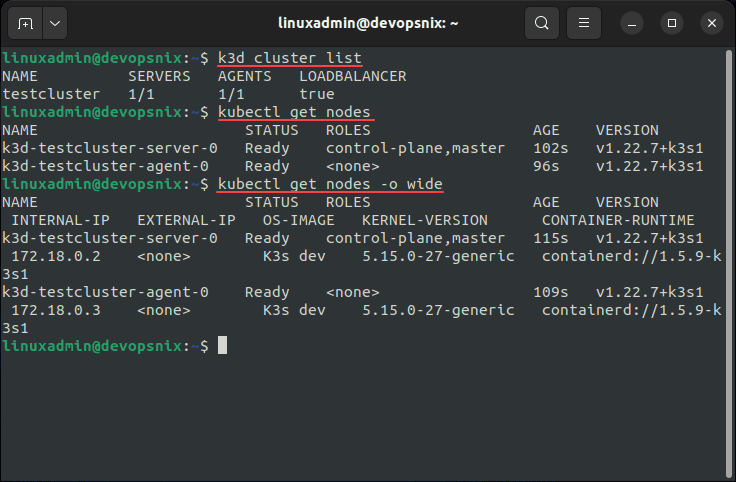
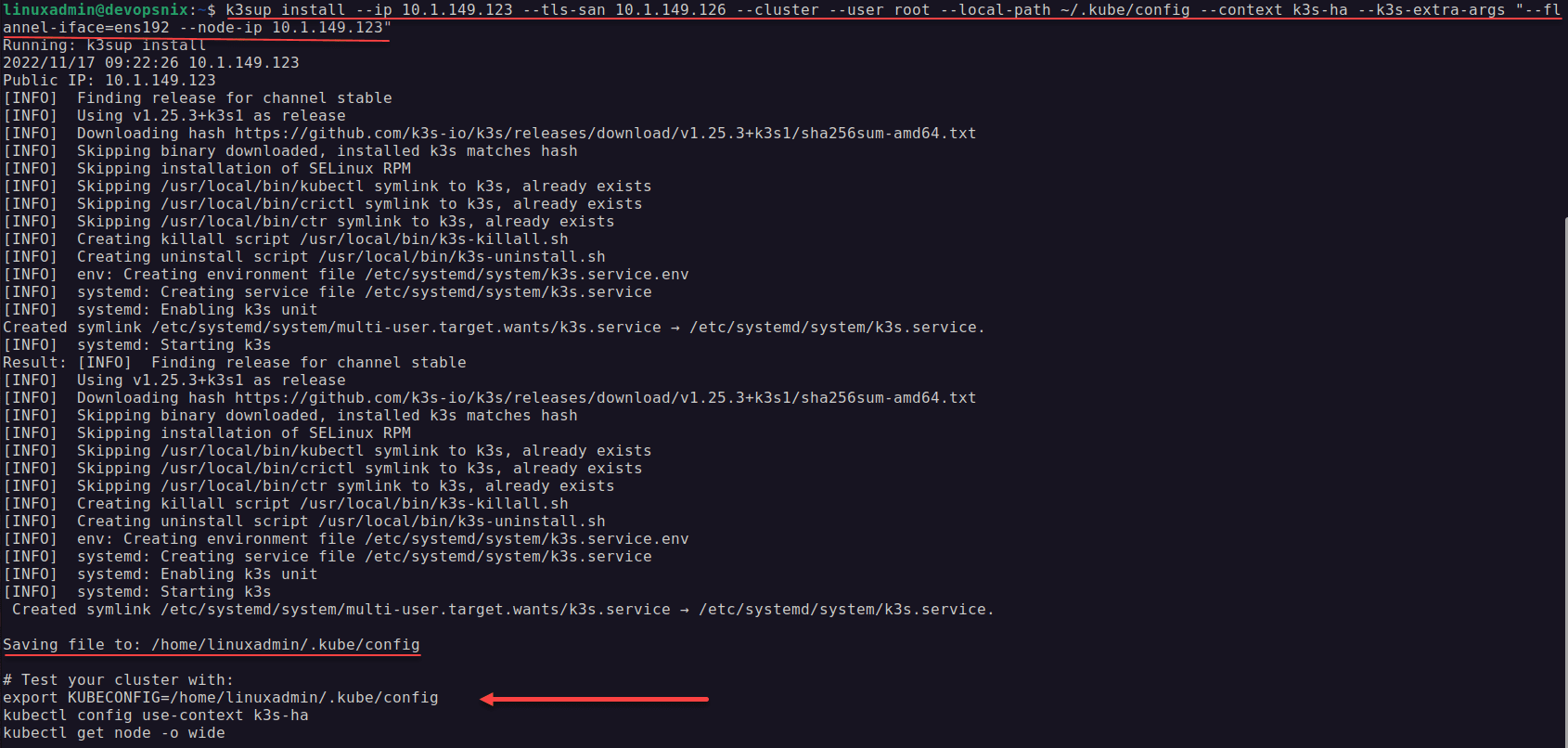

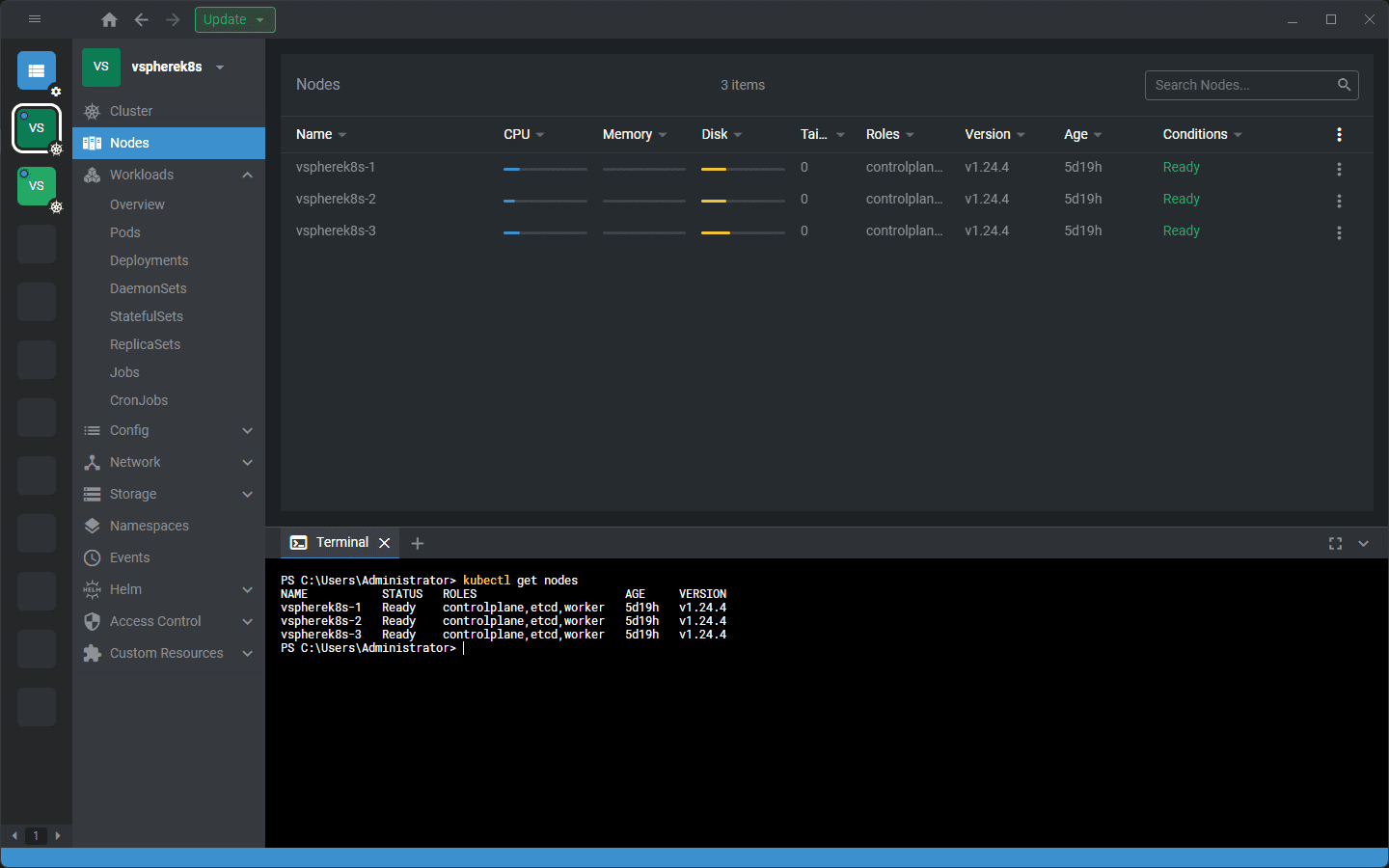
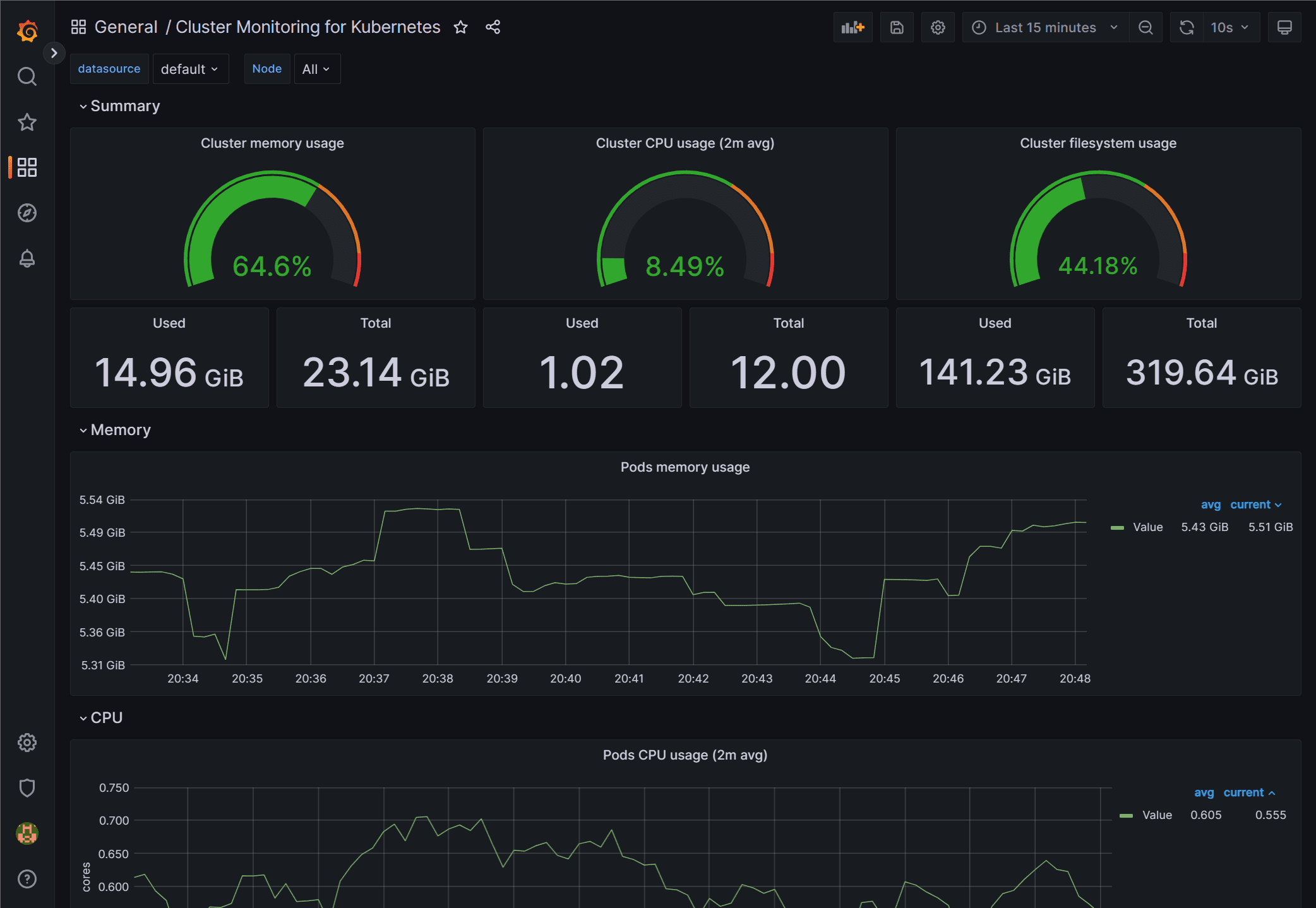
0 Comments